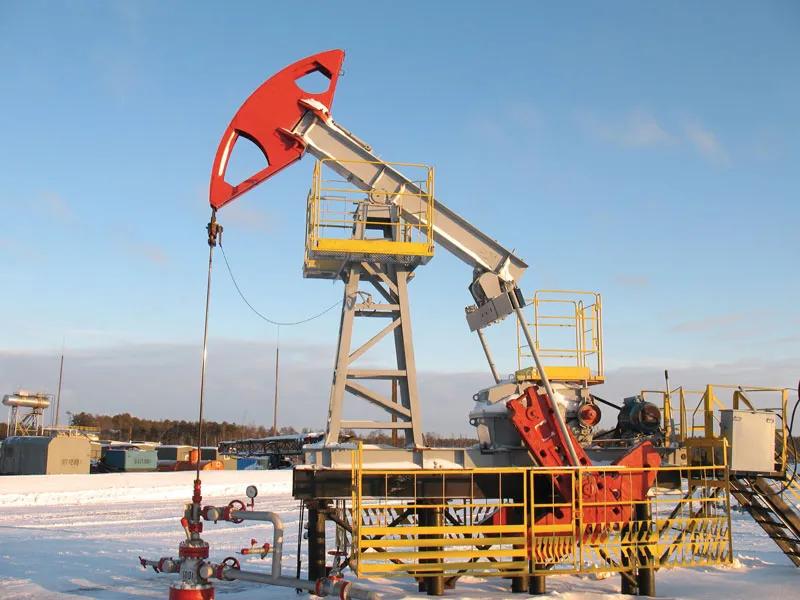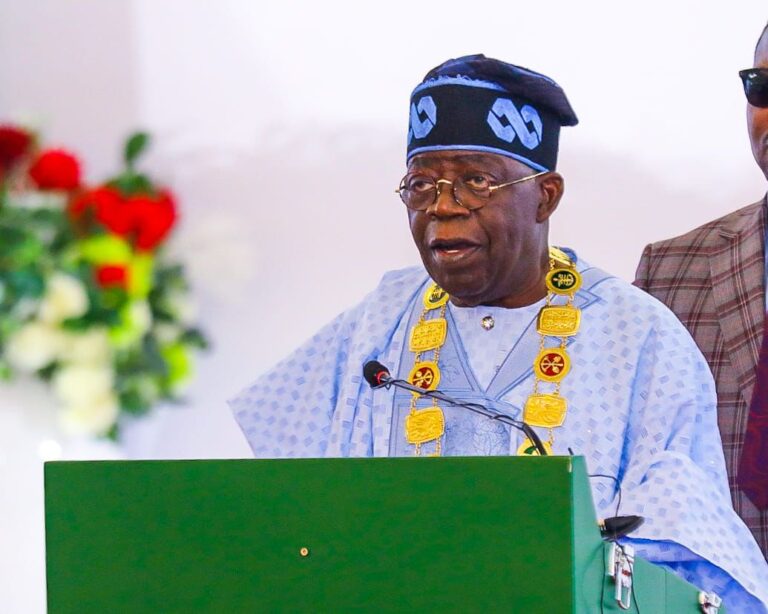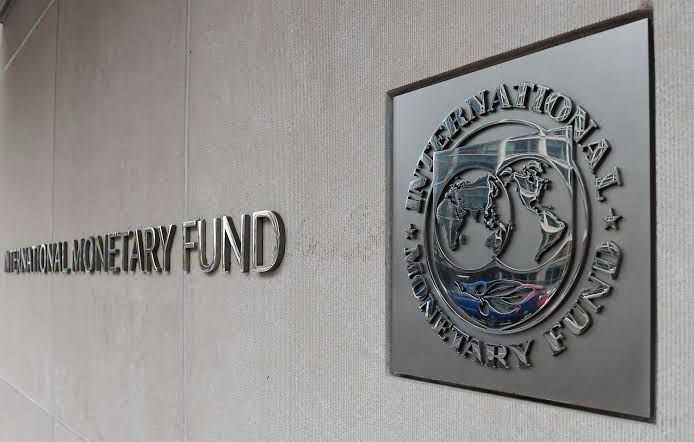Global crude oil benchmarks—Brent and West Texas Intermediate (WTI)—experienced dramatic volatility, plunging to five-month lows on Friday after a sharp escalation in US-China trade rhetoric, only to stage a swift recovery of over 1% as the week opened on Monday on renewed hopes for diplomatic talks.
The market showed early signs of stabilization and recovery on Monday, with both major benchmarks reversing losses. Brent crude futures rose by nearly 1.4% to $63.60 a barrel, while WTI crude futures gained over 1.4% to $59.77 a barrel.
Oil futures tumbled on last week Friday, logging losses of over 3% to reach their lowest levels since early May. Brent crude futures settled near $62.73 a barrel, while U.S. WTI crude fell to approximately $58.90 a barrel.
The price action underscored the deep anxiety among investors regarding the stability of global demand, particularly in the face of persistent trade hostilities between the world’s two largest economies and consumers of oil.
Behind the Friday sell-off was the revival of the US-China trade war, specifically a threat by the U.S. President Donald Trump to impose a “massive increase” of tariffs—potentially up to 100%—on Chinese goods starting November 1. This was seen as a retaliatory measure following China’s decision to expand export controls on rare earth minerals.
Analysts noted that the threat of a prolonged trade war triggered a sudden “risk-off” sentiment across the market, forcing traders to price in a steep drop in global oil demand. As a major consumer of energy, any slowdown in Chinese economic activity has an outsized impact on crude markets.

However, the rebound was driven by a shift in sentiment after President Trump struck a more conciliatory tone toward Beijing over the weekend. Following the aggressive tariff threats, Trump post in his official truth social account indicated a desire to “help”, rather than “hurt”, China, raising hopes that the most severe trade policies might be used only as leverage.
Meanwhile, the Continual, albeit measured, production increases from OPEC+ and its allies stoked concerns about market oversupply. Earlier, The Organization had announced a 137,000 barrel increase for November crude oil production.
Trump said the war in Gaza has ended following the establishment of a fragile ceasefire between Israel and Hamas in the Gaza region further stripped away the geopolitical risk premium traditionally built into oil prices.
Investors are now focusing on the prospect of a potential bilateral meeting between President Trump and Chinese President Xi Jinping on the sidelines of the upcoming Asia-Pacific Economic Cooperation (APEC) summit in South Korea. The mere possibility of talks led to speculative buying, betting that both sides will ultimately step back from the brink and prevent the imposition of devastating tariffs.
The immediate outlook for oil remains tethered to the diplomatic progress between Washington and Beijing. While analysts suggest the most likely scenario involves a cooling of tensions and an extension of the trade truce reached earlier in the year, the threat of escalation remains a critical variable. Furthermore, the oil market will continue to balance trade uncertainties against existing global supply levels and any further production decisions from OPEC+.













